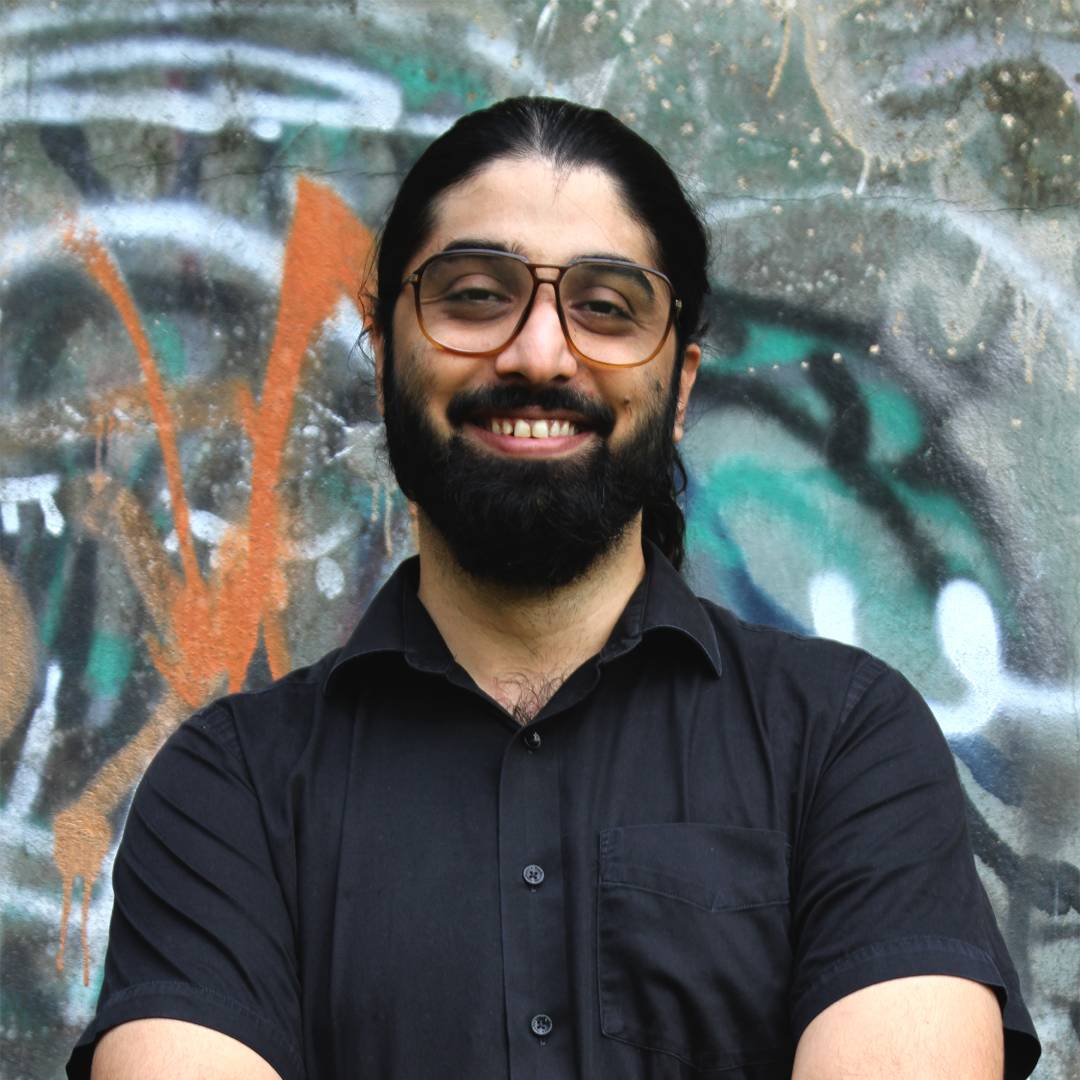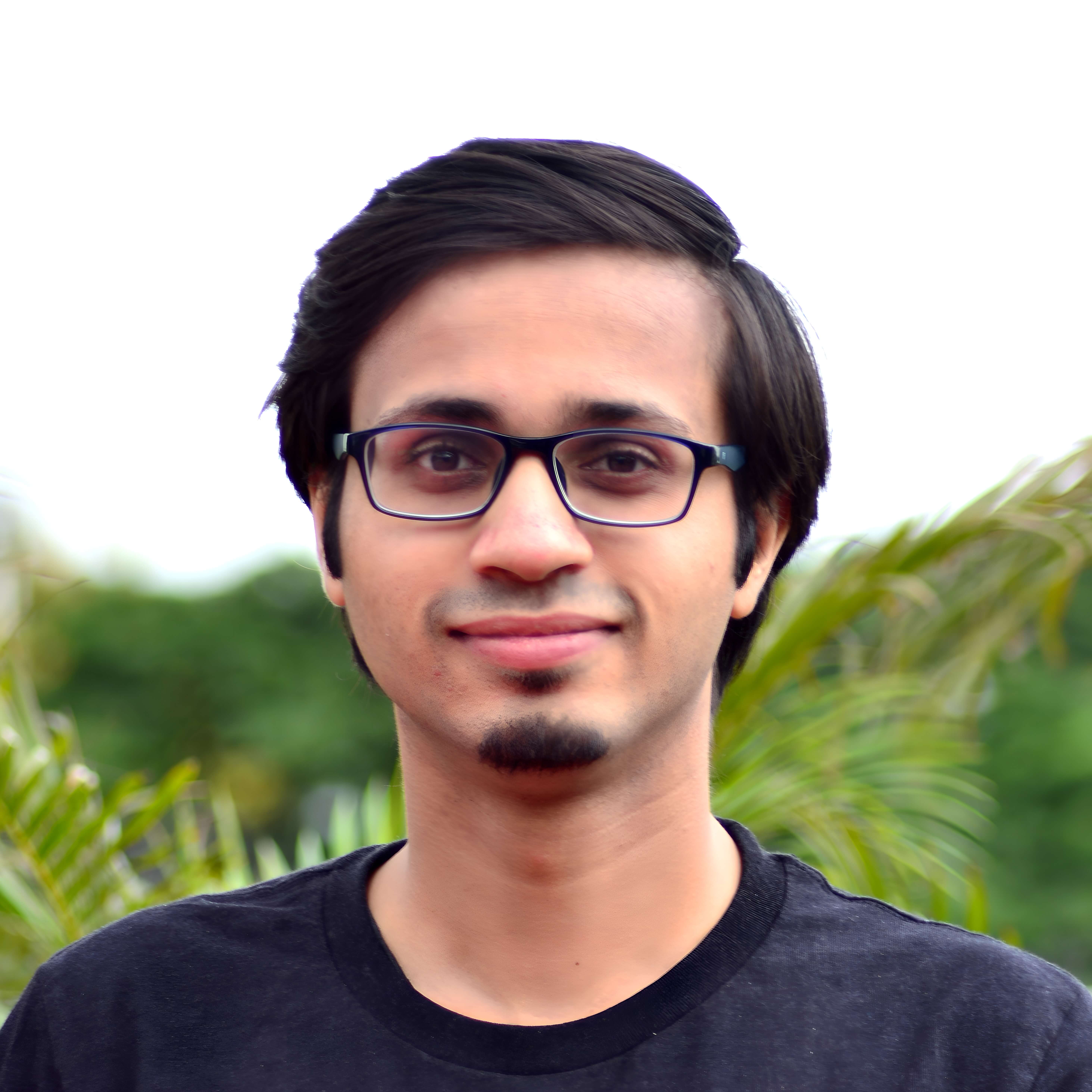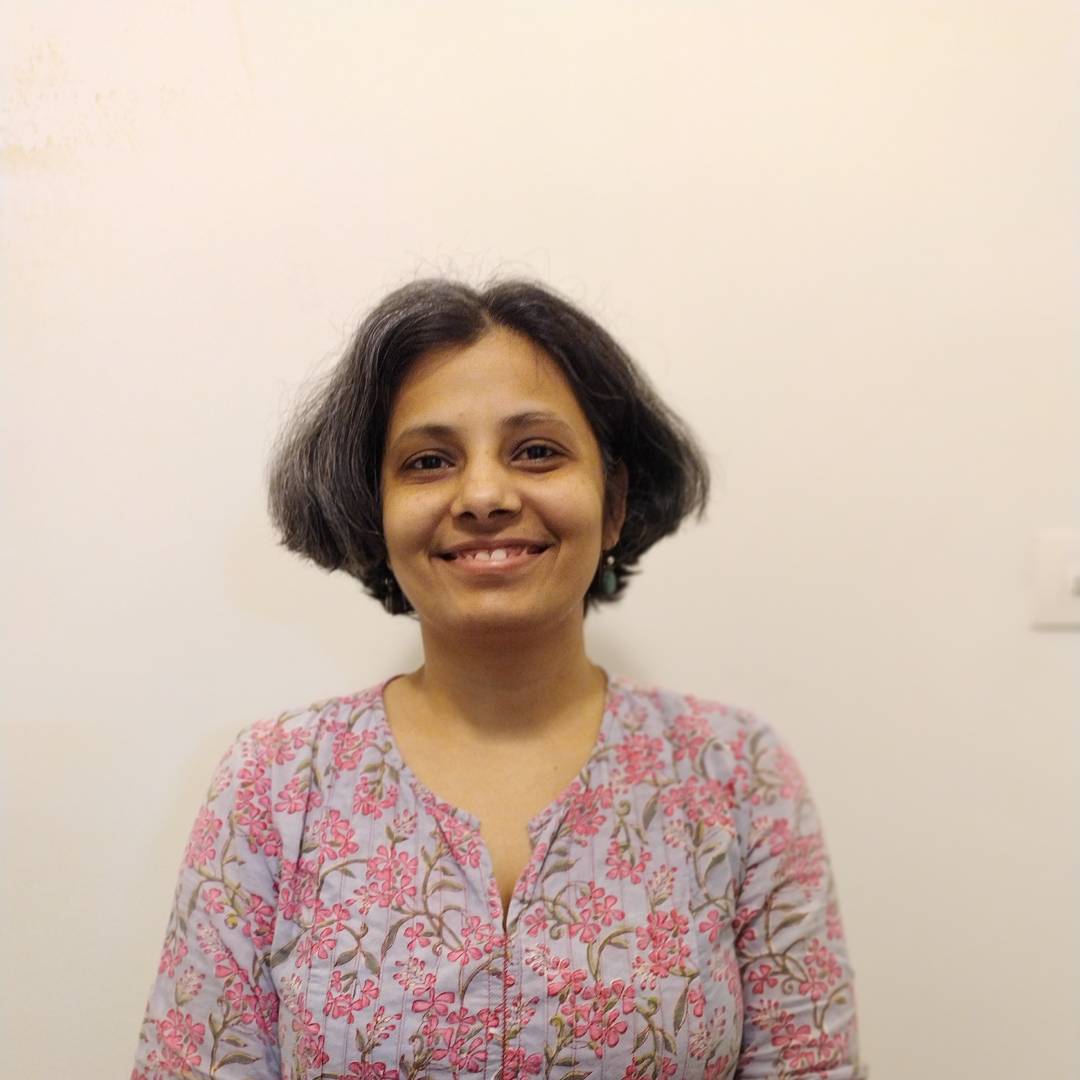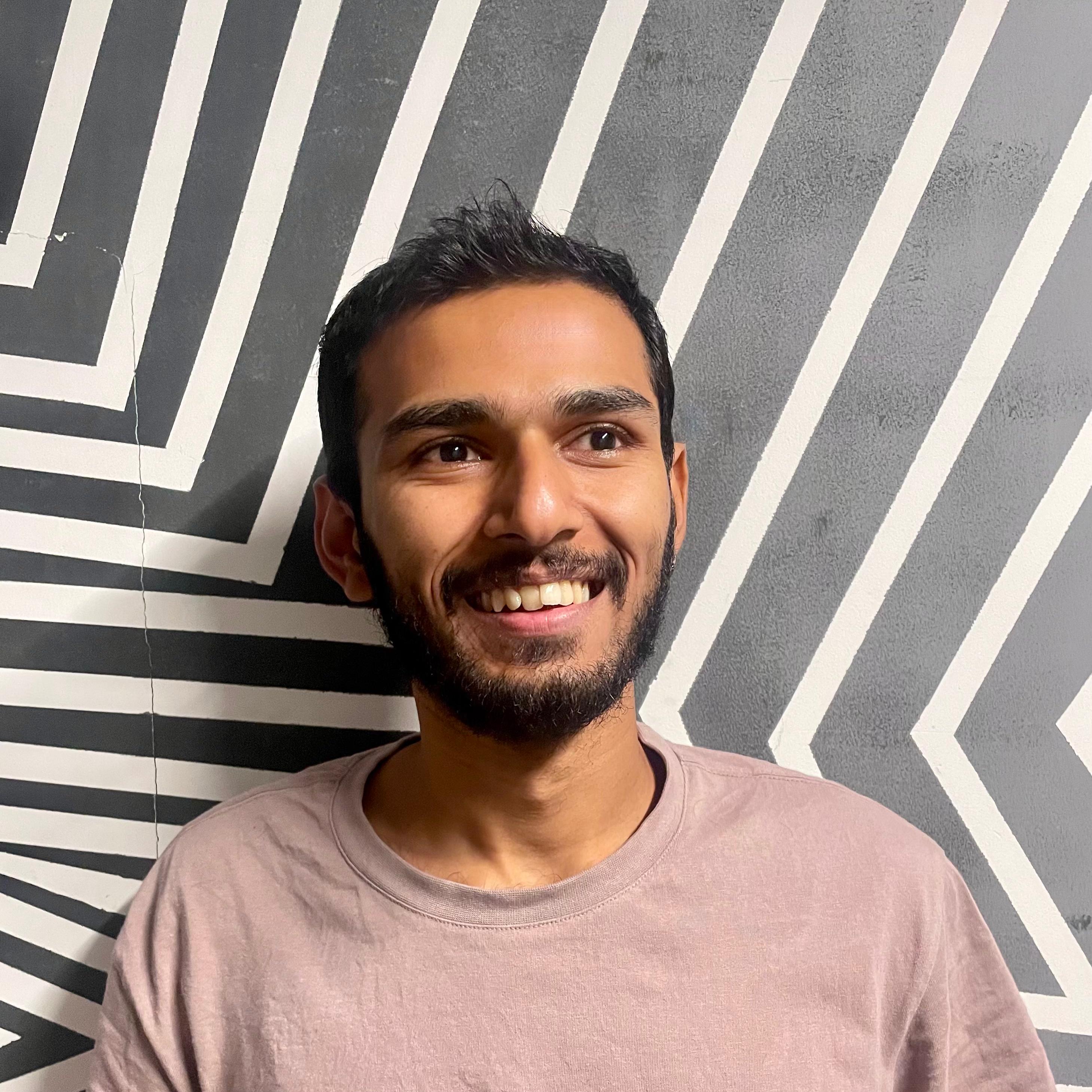Speakers

Tanvi Kumar
Tanvi Kumar is a software engineer who enjoys creating generative art. She has contributed to the Processing Foundation as an open source enthusiast and uses p5 to create fun pattern based art. She is currently based out of Bangalore and enjoys exploring the food in the city. Her day job is at Microsoft, India where works on front end technologies.
Patterns in Grids
A starter kit into grid based pieces. The talk will go over creating pieces in 2D in square based and hexagon based grid systems using p5. It will start with just understanding patterns, then some basic code/math to see how we create grids in p5. Finally, there will be some live coding involved and a pre-sketch where people with their laptops can try to create their own works of art.
Instagram - @generativebyt
Arjun
Arjun is passionate about the interplay between humans and computers. He wonders what could be produced if fast, accurate, stupid machines work in symbiosis with slow, inaccurate, brilliant human beings to produce creative output. A designer, through & through, Arjun currently works as a design researcher in the day with TinkerLabs, attempting to solve complex social problems with behaviour design. At night, he experiments with algorithms to produce images. An advocate of interdisciplinary approaches, he previously worked with Science Gallery Bengaluru as an Xperimenter, producing public engagement programmes for young adults to interface with the sciences.
In Between Life & Death - Breaking Down The Making
In Between Life & Death is a web-game, made with p5.js, that attempts to explore why human beings do the things they do. Using Maslow's Hierarchy of Human Needs as the underlying system, players wake up as a 'conscious' particle in space compelled by different human 'needs'. As the game progresses, fulfilling the needs becomes increasingly more complex, and players ultimately reach a grand ending - but is there one at all? Dive into a zone of existential questioning as Arjun deconstructs the process of making his game - discussing the inspiration, conversion of Maslow's theory into a system of logic, stylistic choices and its resulting impact.
Instagram - @arjunsarchiveWebsite - arjunmakesthings
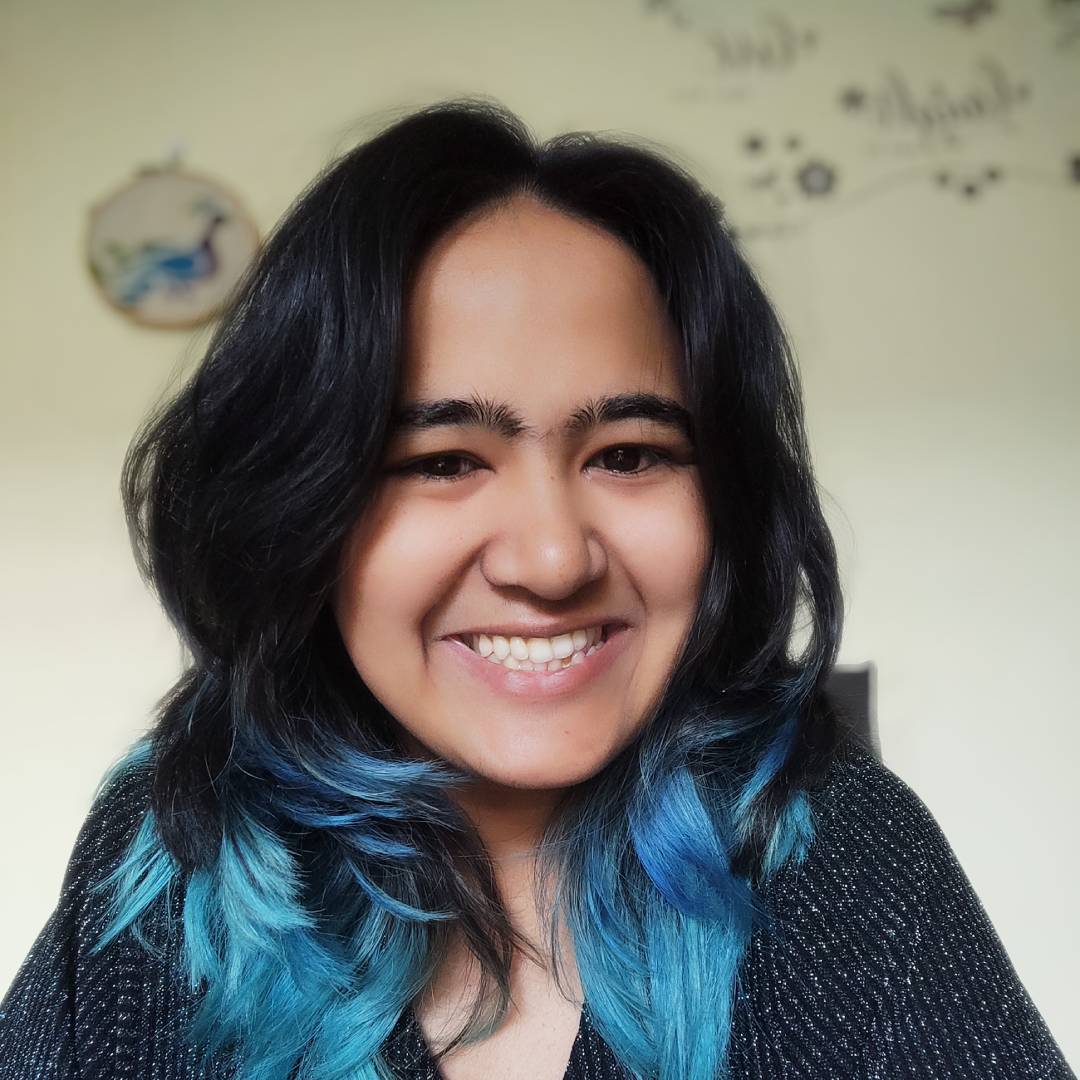
Chaitali Kulkarni
Chaitali is an electronics engineer, educator, artist, writer. She explores the intersection of art, stories, poetry and the human condition. She plays with circuits, code, experience design, learning design, poems, narratives, mixed-media, new media, trans-media tools, cocktail mixers and whatever else catches her fancy. She does research, design, create and facilitate in spaces ranging from a corporate to science museums to art galleries. She has displayed a collaborative project, Plastic Prayaschitta as a part of BeFantastic AI Art Festival 2023 and was a part of Goethe Institute's C3: Code, Creativity, Communities cohort.
Poetry from the machines
The talk will capture exploration of generating poetry with code from the basics using arrays and markov chains to blackout poetry to using GPT3 as a collaborator. It will highlight experiences of how as humans we give meaning to randomness and those where the machines nudged a subliminal experience. It will cover ways to play with tools like p5.js, rita.js, GPT3, some python.
Instagram - @booksnchaiWebsite - techtales-chaitali

Sangarshanan Veeraraghavan
Sangarshanan is a Software Engineer from planet Earth. He loves making stuff that helps and amuses him in equal measure and standing upside down while holding a banana. When he's bored you can find him making absurdist memes, yet another spotify playlist or staring straight into the void.
Programming constructs for beat making ft Sonic Pi
This talk will explore parallels between programming and musical constructs using Sonic-pi by looking at how different programming concepts like data structures, conditional statements etc can be used to create intuitive compositions and of course some dope beats!
Instagram - @roguentropyX(twitter)- @sangarshanan
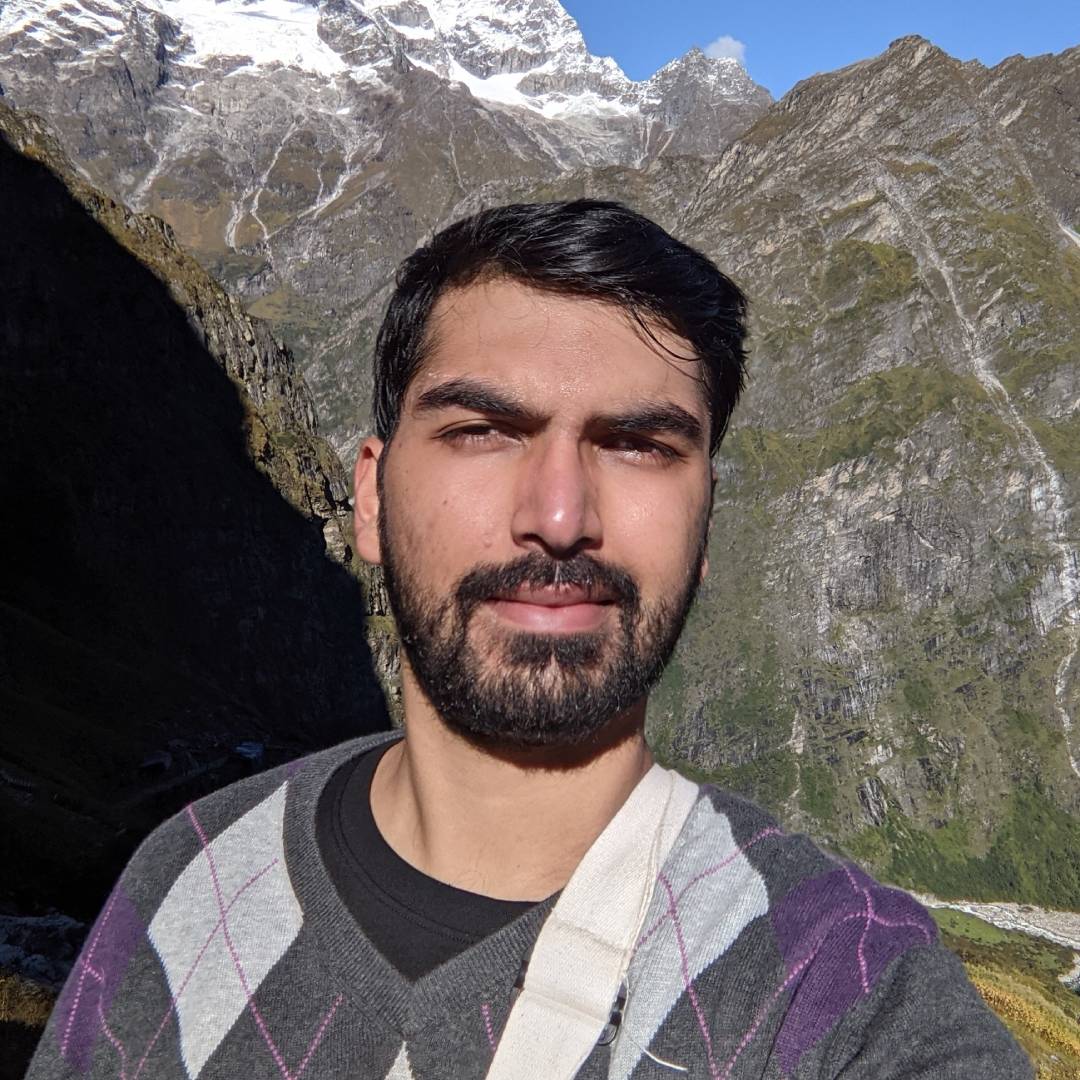
Rohan Jhunja
Rohan Jhunja is a Product Designer working with early-stage startups. His projects span across AI Tools, VR, Education, and Social Media. He studied at IDC, IIT Bombay, specializing in Interaction Design focused on education - projects there included a phygital nature trail experience, research on using Whatsapp based homework and designing a reading app around open-source animated stories. More recently he worked with Inspirit VR, an edtech startup, designing VR simulations for Science education and piloting them in schools across the US and India.
3D Metaverse for Education
Virtual classrooms and the metaverse were all the rage right after COVID. Collaborative spaces and 3D technology brings a significant change to education, however, the tech stack can be very expensive to build on and to access. I began to play around with code to create simple equivalents to best features of VR simulations including immersive environments and independent exploration. I'll be sharing some of my early prototypes in P5 and JS and discussing observations from pilots in schools with VR.
Instagram - @jh_njaLinkedIn - @rohanjhunja
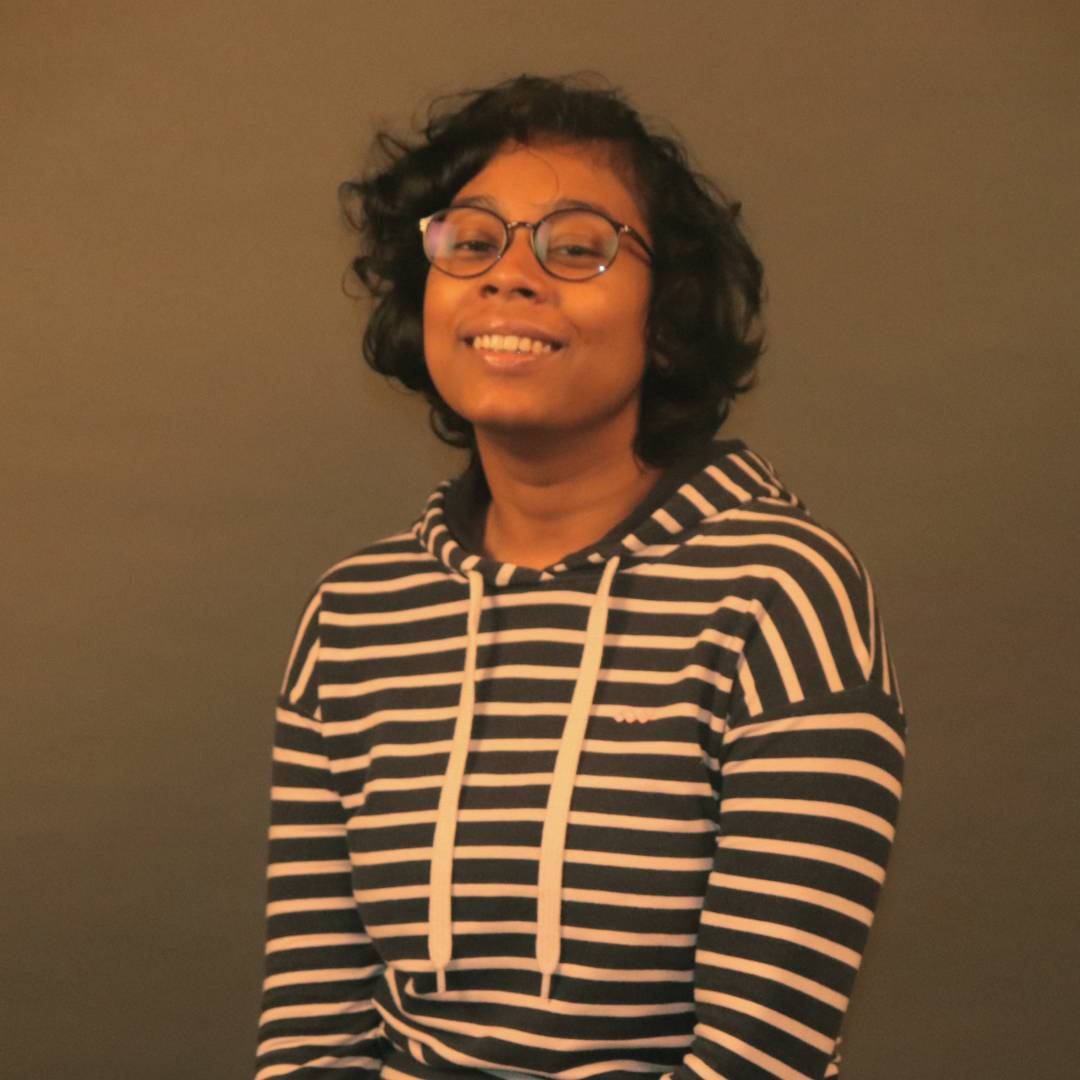
Rashmi Baur
Rashmi is a master's of information design student at NID bangalore, previously trained as an architect, she has always been interested in speculative ideas at the intersection of technology and design. She likes to experiment with different narratives and processes.She often like to observe and find patterns and interconnections among various things in nature and human beings.
MBTI data portrait
This project aimed to delve into and comprehend the systems of the Myers-Briggs Type Indicator (MBTI). Through the categorization of individuals based on the MBTI and real-life comparisons, it was observed that the classifications are more of a spectrum rather than absolute categories. To visually represent this spectrum, a visualization utilizing basic shapes and colors was developed. The interactive process involved users inputting their MBTI type and percentages, which resulted in the generation of their unique badge. The coding aspect of the project utilized the p5.js framework, enabling the creation of dynamic and visually engaging visuals. Overall, the project provided an innovative and visually intuitive way to explore and understand the nuances of MBTI types.
Instagram - @pocket.elfLinkedIn - @rashmibaur
